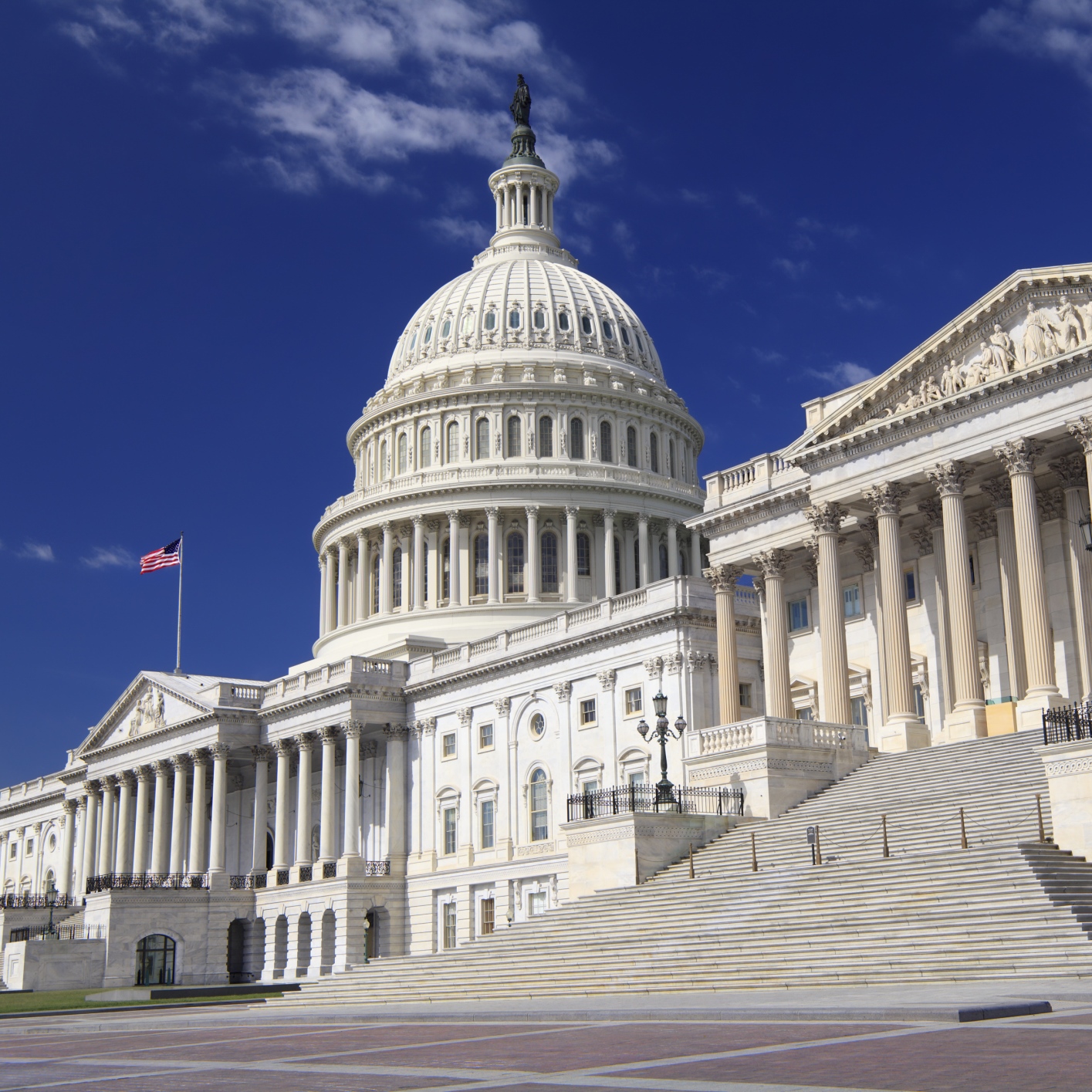
The U.S. government will run into its congressionally mandated debt limit in October unless the Congress raises it above its current ceiling of $19.81 trillion. If the debt ceiling is not raised, the United States risks defaulting on some payments in the first two weeks of October, according to a June report by the Congressional Budget Office (CBO).
Fitch Ratings warned Wednesday morning that if the U.S. debt limit is not raised prior what is called the “x-date,” the ratings agency “would review the US sovereign rating, with potentially negative implications.” If the federal government is unable fully to meet its obligations to pay, either by failing to pay entirely or to delay (prioritize) payments, the United States would be in default on its debt.
Last March the Congress ended the most recent suspension of the debt ceiling, allowing the U.S. Treasury Department to use special accounting rules to enable borrowing the funds it needed to continue operations. That accommodation expires on the x-date, however, which the CBO now expects to occur in the first half of October.
The Congress also needs to pass a fiscal year 2018 budget by the end of September to fund government operations for the next year. In remarks at a rally in Phoenix Tuesday night, the president said, “Believe me, if we have to close down our government, we’re building that wall,” a reference to his promised wall along the border separating the United States and Mexico.
Fitch noted that a government shutdown would not have a direct impact on the government’s AAA rating, “but it would highlight how political divisions pose challenges to the budgetary process.”
Fitch noted that once Congress returns on September 5, there are just 12 working days remaining in the month:
We believe there is strong political will to ensure that Treasury securities are honoured in full and on time. Treasury Secretary Mnuchin and Senate Majority Leader McConnell both said on 21 August that the debt limit would be raised, with Mnuchin rejecting the idea of prioritisation.
In Fitch’s view, the economic impact of stopping other spending to prioritize debt repayment, and potential damage to investor confidence in the full faith and credit of the United States, which enables its AAA rating to tolerate such high public debt, would be negative for U.S. sovereign creditworthiness.
In 2011, Standard & Poor’s lowered the U.S. sovereign debt rating to AA+ after Congress and the president agreed to reduce the federal deficit by $2.1 trillion over 10 years, just over half the amount S&P said was needed to fix U.S. finances. Neither Fitch nor Moody’s cut its AAA rating.
Fitch did put the United States on “rating watch negative” in 2013, saying “political brinkmanship” raised the risk of a U.S. default. The downgrade never happened.
Sponsored: Find a Qualified Financial Advisor
Finding a qualified financial advisor doesn’t have to be hard. SmartAsset’s free tool matches you with up to 3 fiduciary financial advisors in your area in 5 minutes. Each advisor has been vetted by SmartAsset and is held to a fiduciary standard to act in your best interests. If you’re ready to be matched with local advisors that can help you achieve your financial goals, get started now.
Thank you for reading! Have some feedback for us?
Contact the 24/7 Wall St. editorial team.



